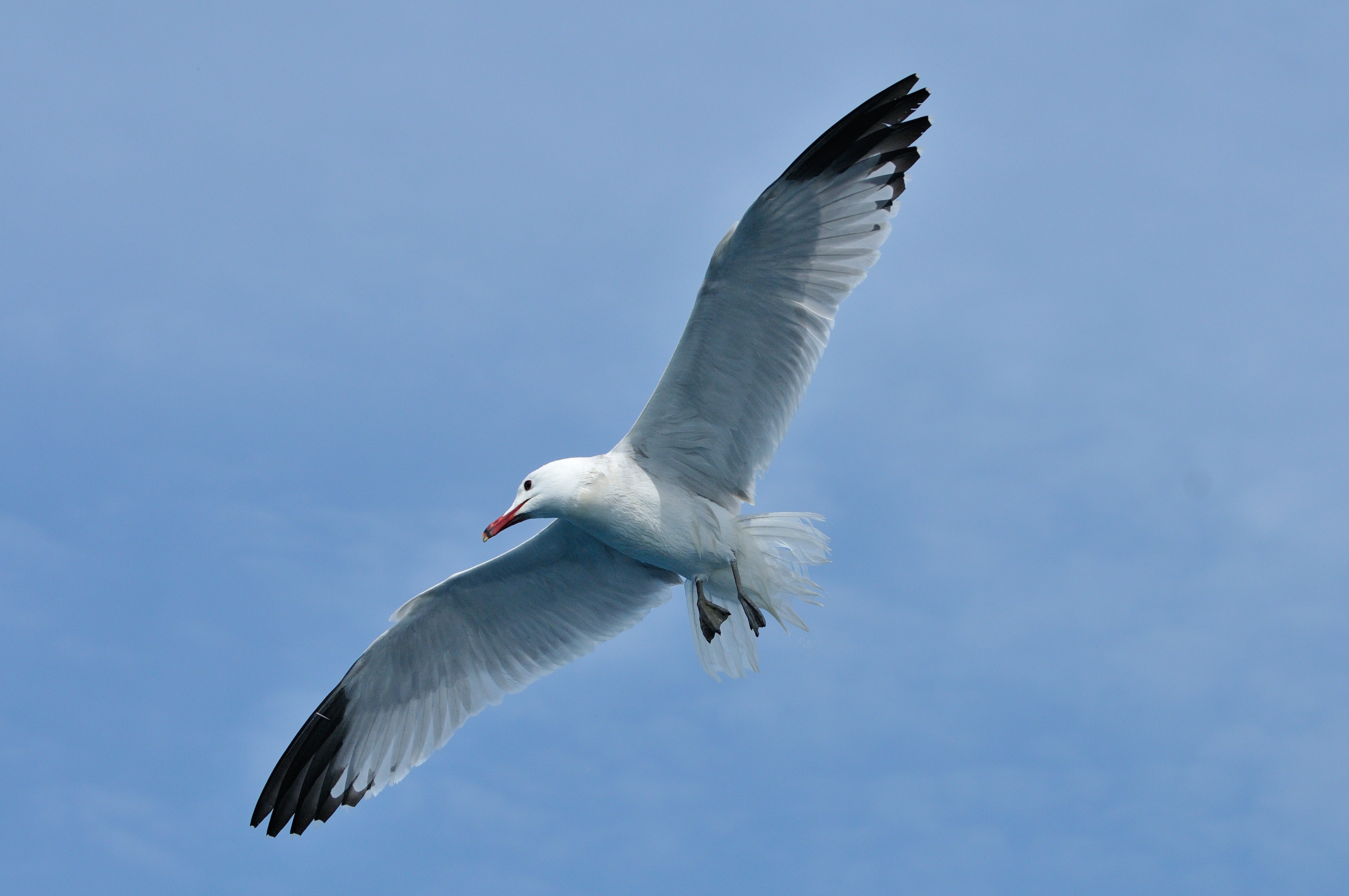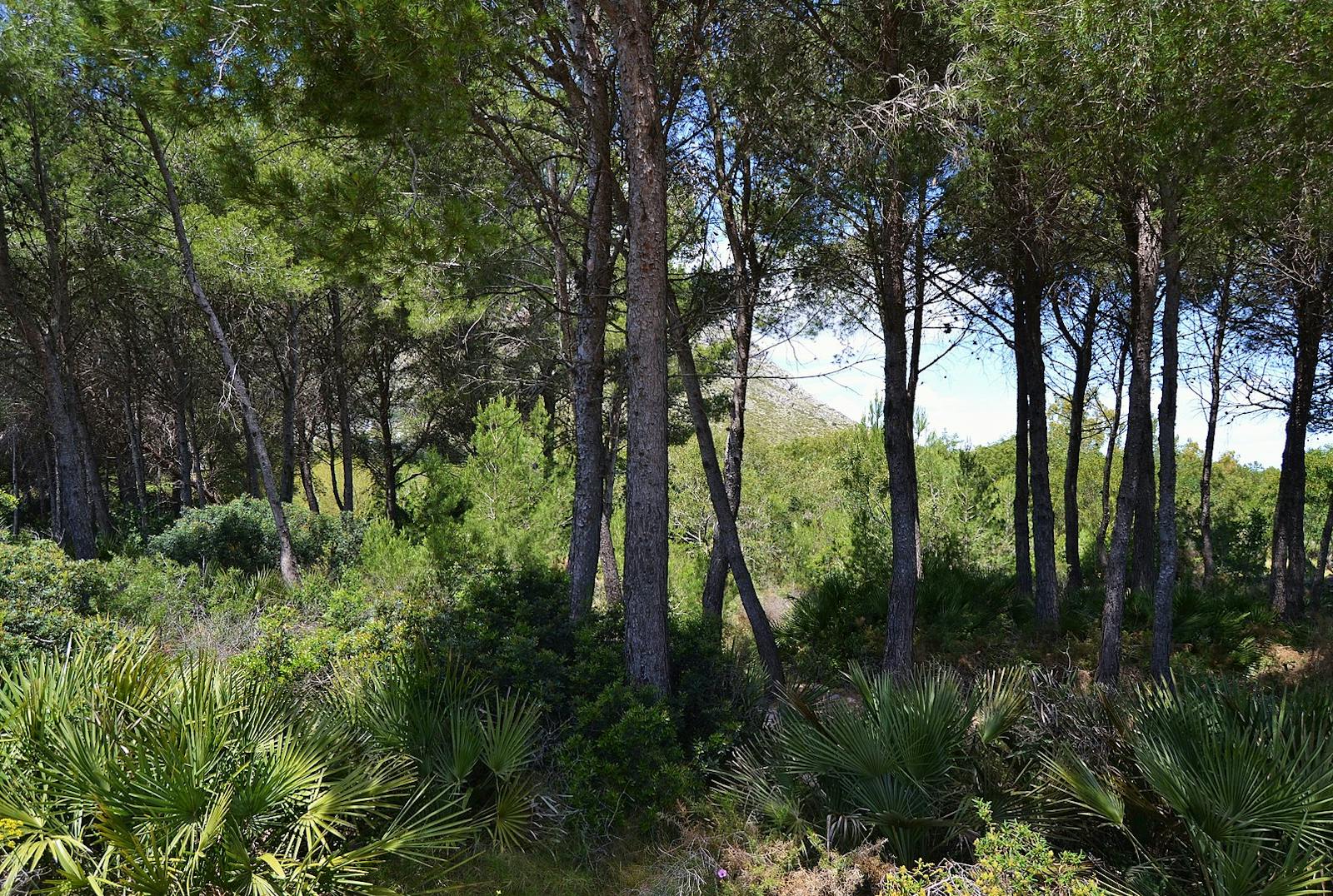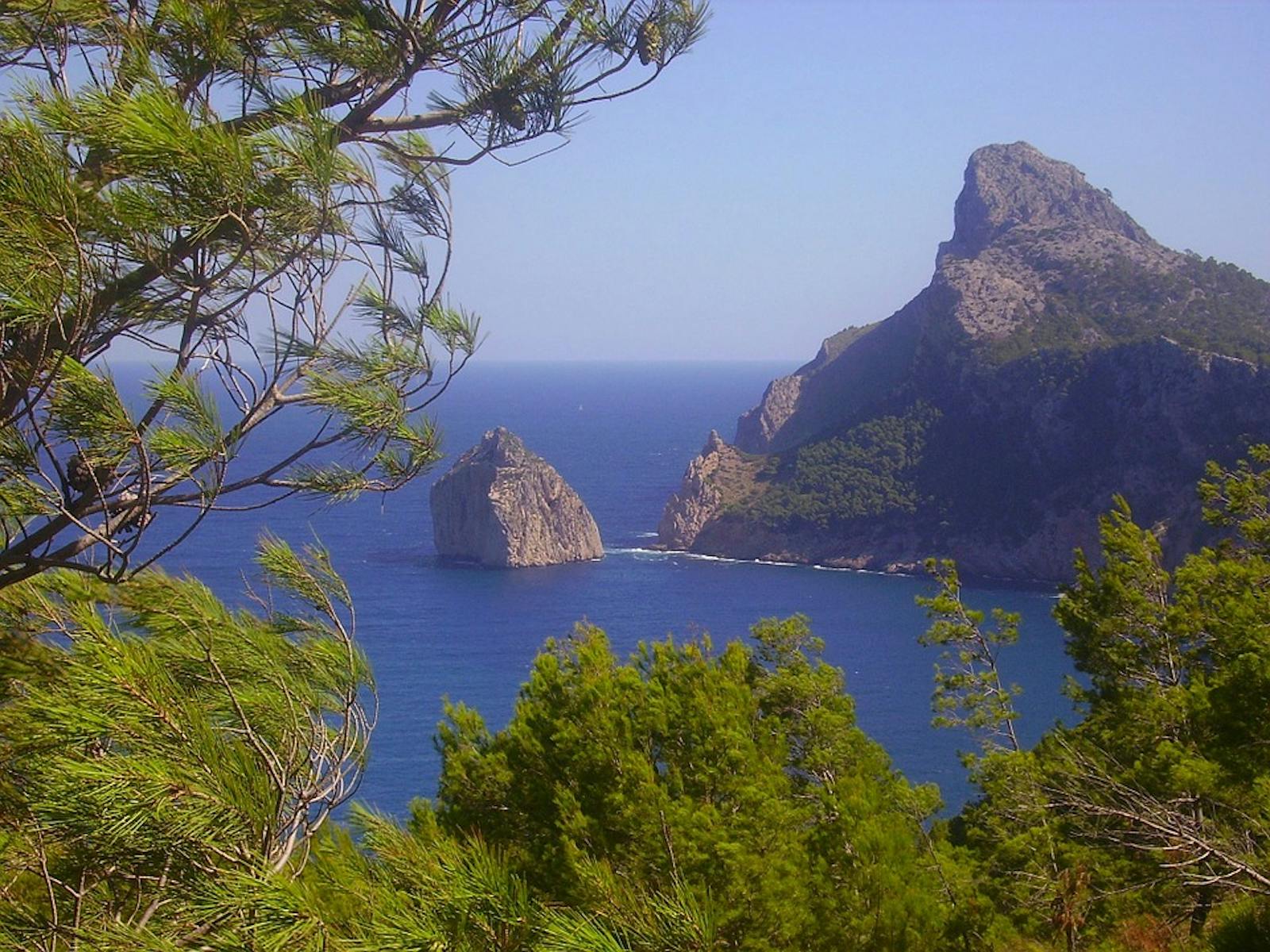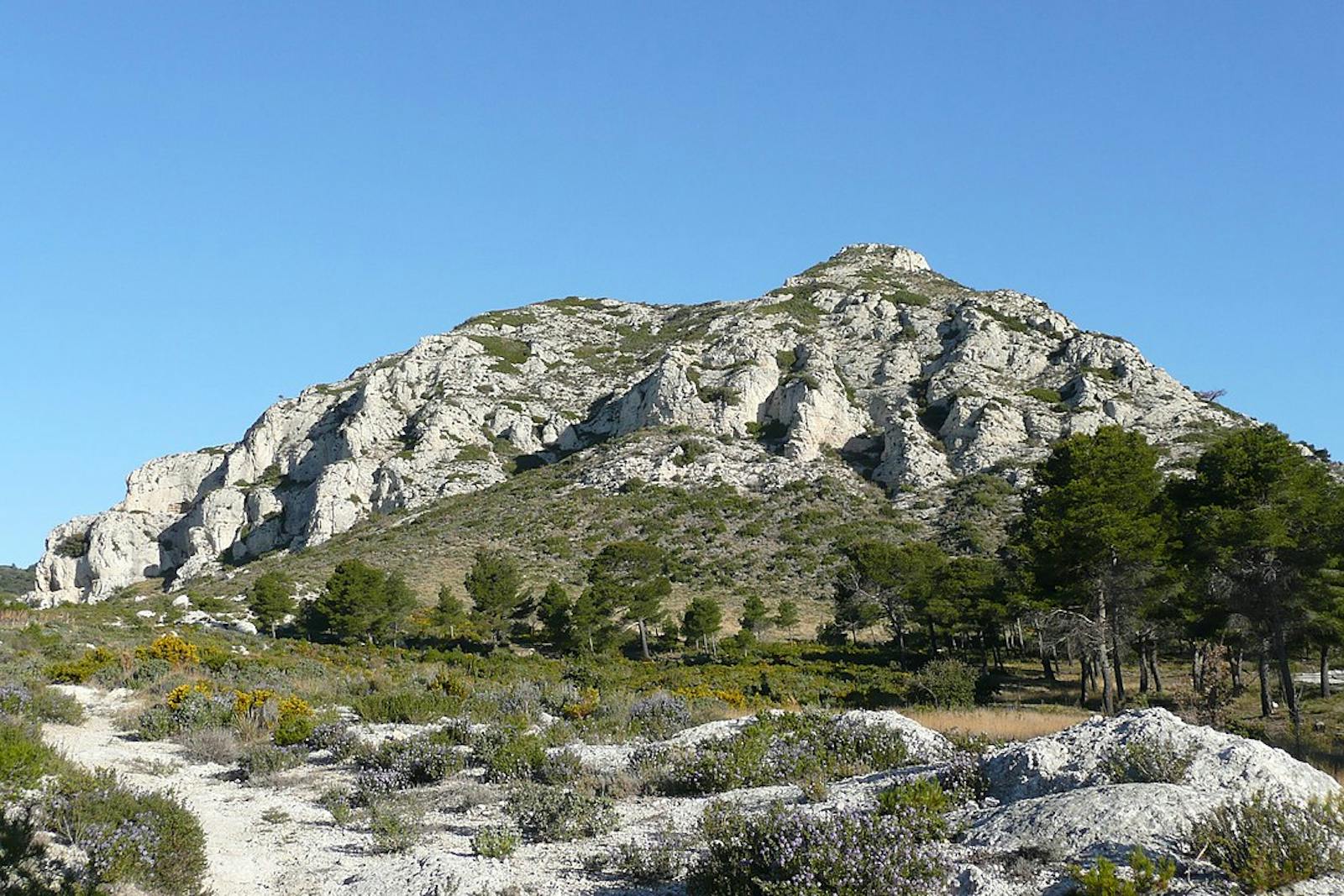Northeastern Spain and Southern France Mediterranean Forests
The ecoregion’s land area is provided in units of 1,000 hectares. The protection goal is the Global Safety Net (GSN1) area for the given ecoregion. The protection level indicates the percentage of the GSN goal that is currently protected on a scale of 0-10. N/A means data is not available at this time.
Bioregion: Balearic Sea & West Mediterranean Mixed Forests (PA20)
Realm: Western Eurasia
Ecoregion Size (1000 ha):
9,090
Ecoregion ID:
799
Protection Goal:
42%
Protection Level:
10
States: Spain, France, Italy
Extensive lagoons, dunes, vast rice paddies, golden sand beaches, and thick stands of wild olive and carob forests create a region which not only encompasses several centrers of plant diversity, but also a huge array of faunal species. Some of Europe’s most important wetlands are found here and are teeming with millions of birds of vast variety.
The Ebro Delta, the largest wetland in Catalonia, hosts 30,000 pairs of annual nesting waterbirds. This includes the world’s largest colony of Audouin's gull, estimated at 67% of the global population. One of the largest fishing fleets in the Mediterranean is found in the marine ecosystem of the Ebro Delta due to the important fishing grounds found here. The abundance of discarded fish from trawlers is one the of reasons why the Audouin’s gull is so successful in the Ebro Delta.

The flagship species of the Northeastern Spain and Southern France Mediterranean Forests ecoregion is the Audouin's gull. Image credit: Wildscreen Exchange
The ecoregion encompasses Southern France, the coastal part of Valencia and Catalonia regions in North-eastern Spain, and the Balearic Islands. The ecoregion’s coastline is characterized by cliffs, sand dunes, and salt lagoon systems of outstanding biodiversity (i.e. Ebro delta, Rhone delta, and Valencia Albufera). Climatically, the ecoregion experiences very hot and dry summers, and relatively temperate and humid to sub-humid winters. Annual average temperature ranges from 10–17°C, and the minimum average temperature of the coldest month ranges from 5–10°C. The annual precipitation ranges from 250–900 mm and is typified by torrential rainfalls in autumn.
The ecoregion’s forests are mainly composed of mixed evergreen (holm and cork oak) and deciduous broadleaf and conifer species (downy oak in Southern France, Valecian oak in continental Spain). The Balearic Islands only host holm oak forests, mainly on Mallorca Island. Wild olive and carob woodlands and maquis are mainly distributed in the southern portion of the ecoregion. Stone pine and dense maquis vegetation (Phoenican juniper, mastic tree, myrtle, dwarf fan palm) characterize the coastal sand dunes.
The ecoregion includes several centers of plant diversity (Balearic Islands, Catalonian coastal ranges, Alicante Mountains) with an endemism rate between 10–20% of the total vascular plants. Examples are Viola jaubertiana, Thymus richardii, Thymelaea myrtifolia, and Rhamnus ludovici-salvatoris. Mammals found here include the European polecat and otter.
Many raptor species inhabit this region, particularly on the Balaeric islands, such as cinereous vulture, griffon vulture, Bonelli’s eagle, and Eleonora’s falcon. The ecoregion has numerous areas that are internationally important for breeding, staging, and wintering birds. In the Ebro Delta, water birds number between 50,000 to 100,000, made up of approximately 330 species, representing 60% of all European birds. Breeding species include purple heron, little egret, Squacco heron, black-winged stilt, and Audouin's gull. The Balearic islands harbor only two endemic reptiles, the Lilford’s lizard and Ibiza wall lizard.
Most of the ecoregion has been intensively transformed into agricultural land, including mountain crop terraces and pastures, extensive vineyards, almond and olive groves, fruit trees orchards, and other irrigated crops. For example, the Ebro Delta remained relatively natural until the mid-19th century, and then large areas of wetlands and lagoons were converted into rice fields for agriculture and urban development.
Much of the intact ecoregion is protected, for example, Camarge UNESCO MAB Biosphere reserve, Gorges du Tarn et de la Jonte, and Crau Special protection area in France; and Albufera de Valencia Ramsar site, La Vall and Cimals de la Serra special protection area, and Serra Grossa site of community importance in Spain.
Forest fires, agricultural intensification, and urbanization remain threats to this ecoregion. Dam construction upstream of wetlands is trapping sediments, leading to a sediment deficit and resulting in coastal erosion and subsidence. Wetlands are also highly threatened by increased sea level rise, caused by climate change which will lead to salinization. This problem will be exacerbated by accelerated sea level rise of 40–60 cm in the 21st century. Additionally, discharged irrigation water from rice paddies not only reduces the salinity of wetlands but also is a source of pollution. Invasive alien species, particularly reptiles, are a primary threat on the Balearic islands.
The priority conservation actions for the next decade will be to: 1) promote habitat restoration of wetlands, increasing the hydrological connectivity and ecological quality of lagoons; 2) encourage sustainable agricultural practices to prevent irrigation water and chemical pollution entering wetlands; and 3) prevent further introductions of invasive species on the Balearic islands by monitoring imports, and continue eradication efforts.
Citations
- Day, J.W., Maltby, E. and Ibáñez, C. 2006. River basin management and delta sustainability: A commentary on the Ebro Delta and the Spanish National Hydrological Plan. Ecological Engineering. 26(2), pp.85-99.
- Interregeurope. 2019. The Ebro Delta: Natural heritage as the economic engine of a region. [Online]. [Accessed 12 August]. Available from: https://www.interregeurope.eu/fileadmin/user_upload/tx_tevprojects/library/file_1533806585.pdf
- WWF. 2019. Western Europe: Northeastern Spain and southern France. [Online]. [Accessed 12 August 2019]. Available from: https://www.worldwildlife.org/ecoregions/pa1215



.png?auto=compress%2Cformat&w=300)
